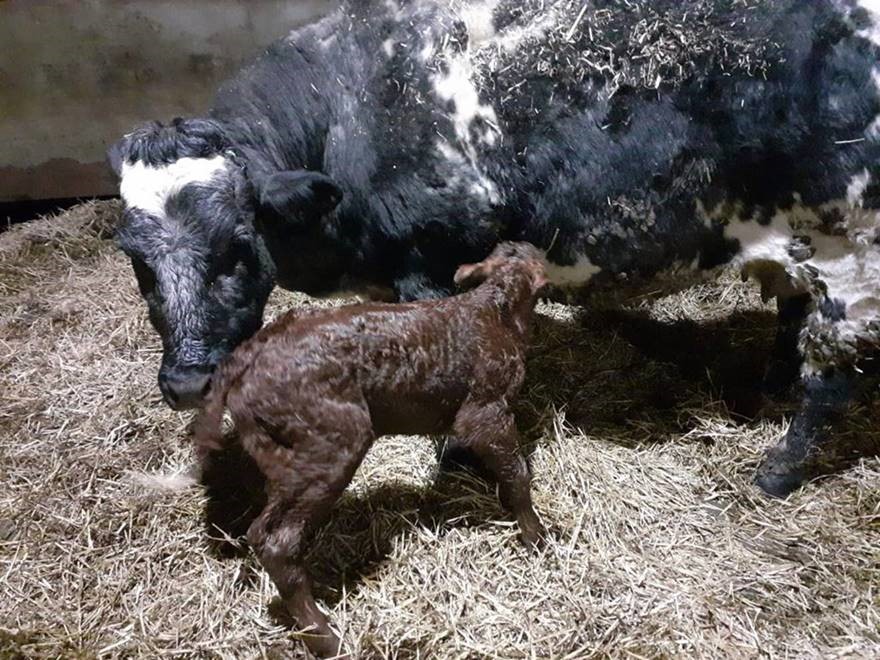Covid Calving Contingency Plan
8 February 2021With spring calving taking place (or due to start soon) on farm across the country and with Covid -19 still very much at the forefront of daily life, it’s time to think about a calving contingency plan.
We cannot get away from the fact that Covid is now out there among the rural communities and affecting the farming community. Whilst many may only experience a mild illness this still creates its own challenges. Anyone with symptoms MUST self- isolate for 10 days if they have symptoms or 14 days someone in their household has symptoms.
It is extremely important that you have a contingency plan in place for calving so that in the event that you become ill or even hospitalised or a member of your team becomes ill that your cows will be looked after. Planning now will help to ensure that a health issue doesn’t become an animal welfare issue.
Key points to think about;
- Does someone else know what has to be done? This person might not be able to do the work themselves but do they actually know what needs done and can instruct someone else.
- Record as much information as possible on your herd in a central location. Give as much detail as you can about your calving cows. Things to include;
- Cows carrying twins
- Give estimated due dates if possible
- Are there heifers to calve
- Aggressive cows at calving. If you know certain cows are aggressive and overly protective (and you shouldn’t go into the pen with) make sure the person looking after them in your absence knows this. Don’t risk anyone else’s safety. Perhaps think about putting a red tag in the ear of dangerous cows, this will also help with culling decision later in the year.
- If you know a particular bull tends to leave big calves or there’s associated calving difficulties with one bull write down which cows are in calf to him.
- Feed plan – who is being fed what
- Make sure your calving kit (machine, ropes, lube, stomach tube, medicines etc.) are all ready to be used and are accessible. Best practice would to have these outside and not in the house, particularly in a situation where the house will be used as an isolation facility for a Covid patient.
- Have a list of emergency contact numbers e.g. the vet in the shed (complete the FAS emergency planning template.
- Farm first aid kit. Where is it?
- Also consider biosecurity between farms, do you have adequate wash facilities to ensure a neighbour coming onto your farm to help can do so without putting your herd or their herd under threat from disease.
A calving contingency plan doesn’t just apply to the current Covid situation but is applicable if any illness or injury was to stop you from being able to care for your cows during calving time. Hopefully this plan will never be needed but it is always wise to plan for the worst and hope for the best.
Sign up to the FAS newsletter
Receive updates on news, events and publications from Scotland’s Farm Advisory Service

